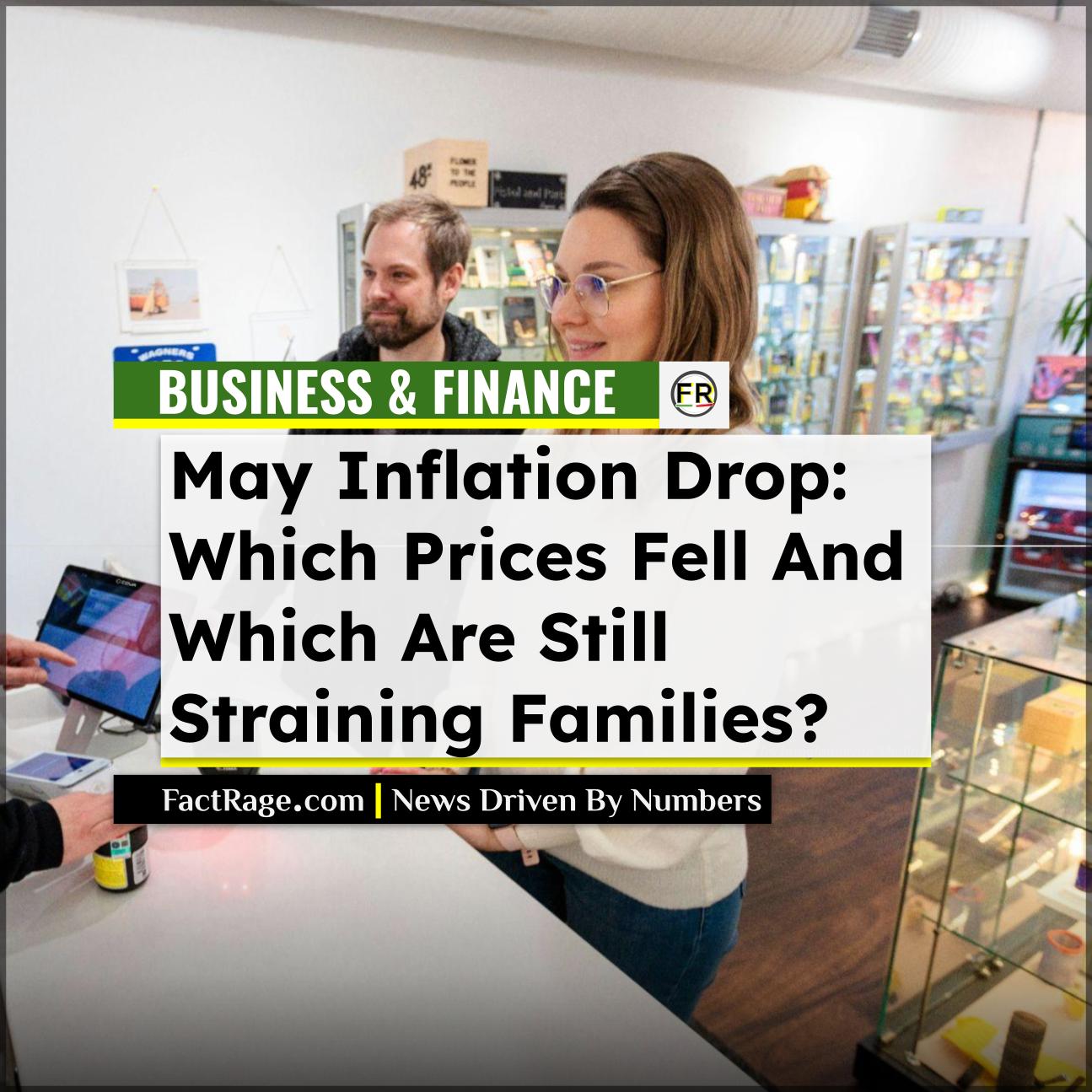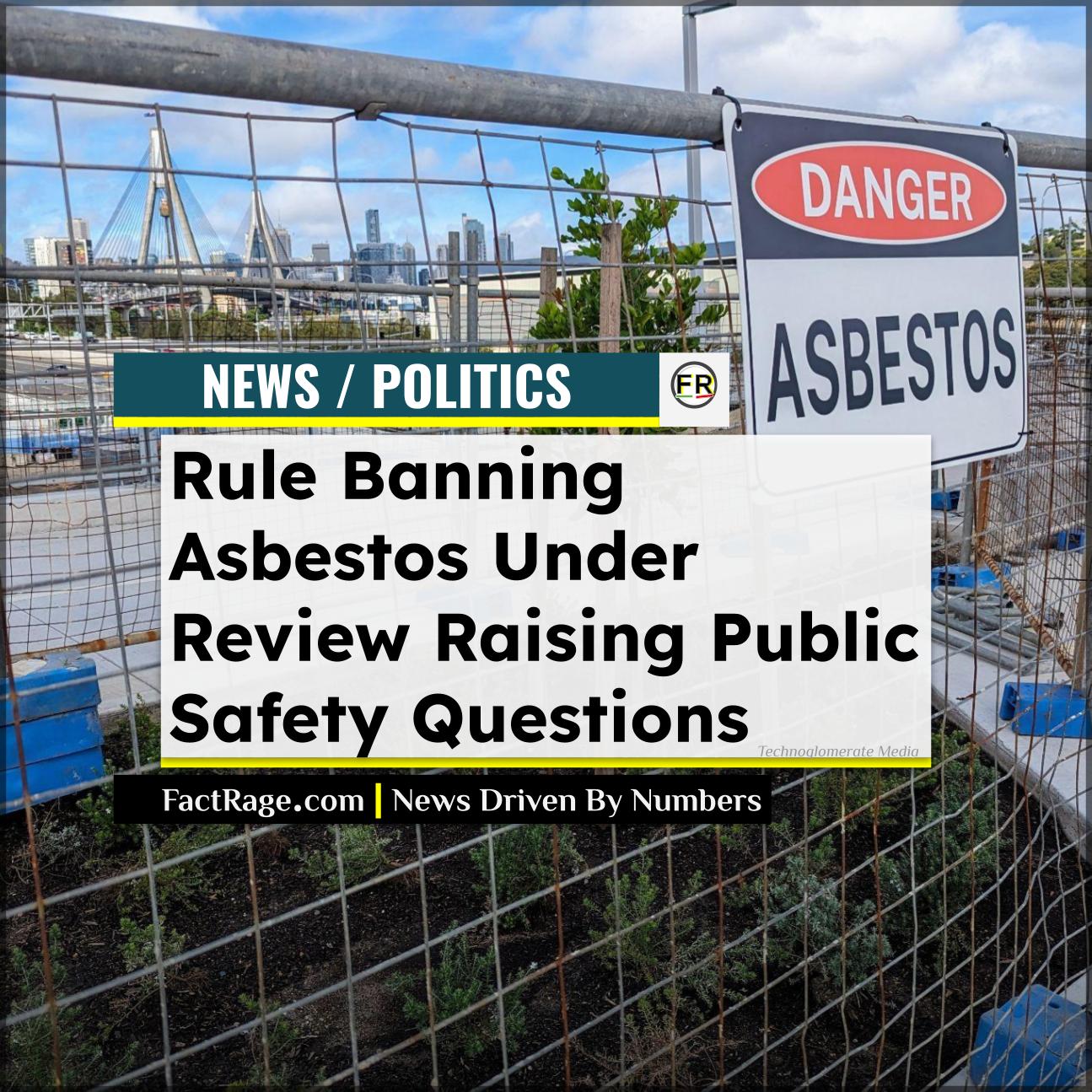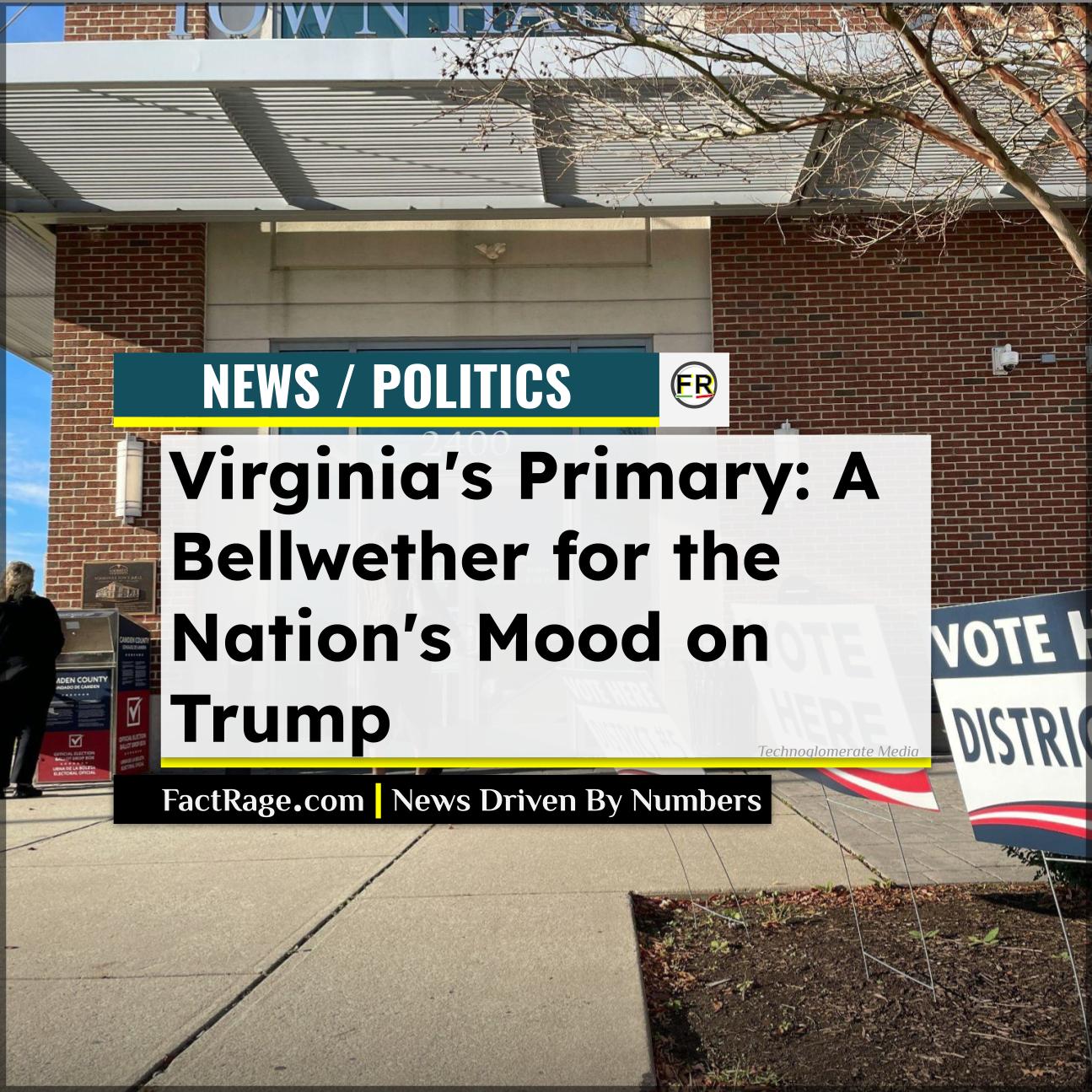WASHINGTON, DC – Americans received a dose of welcome news Wednesday as the latest Consumer Price Index (CPI) report showed a significant cooling of inflation in May, though persistently high housing costs continue to squeeze household budgets.
Key Facts
- Inflation Rate Cools – The All Items Consumer Price Index rose 2.4% over the last 12 months, a slower pace than in previous months. The index was up a modest 0.1% from April on a seasonally adjusted basis.
- Relief at the Pump – A 2.6% monthly decrease in the gasoline index was the largest contributor to the slowdown in headline inflation, providing tangible relief for drivers.
- Housing Costs Remain High – The shelter index, which includes rent and homeowners’ equivalent rent, continues to be the most significant driver of inflation, rising 0.3% in May and 3.9% over the past year.
The latest government data offers a mixed but hopeful picture for Americans grappling with the high cost of living. While the overall trend is positive, a closer look at the numbers reveals a split between the prices of goods, which are starting to fall, and the cost of services, which remains stubbornly high.
Where You Might Be Seeing Relief (and Where You Aren’t)

For many Americans, the most noticeable price change in May was at the gas station. The U.S. Bureau of Labor Statistics reported that the gasoline index fell 2.6% for the month, providing a direct benefit to commuters and families. Other areas also saw price decreases, including used cars and trucks (-0.5%), new vehicles (-0.3%), and apparel (-0.4%). These declines in goods prices suggest that some of the supply chain pressures that fueled earlier inflation spikes are continuing to unwind.
However, the report was not universally positive. The cost of food continued its upward march, rising 0.3% in May. Both groceries (food at home) and dining out (food away from home) saw similar increases. More significantly, key services that make up a large portion of household expenses are still getting more expensive. The index for motor vehicle insurance, for example, rose another 0.7% in May and is up a staggering 7.0% compared to last year.
The Biggest Hurdle: Why Housing Costs Won’t Budge
The single biggest factor keeping inflation elevated is the cost of housing. This category, which makes up about a third of the entire CPI, rose 0.3% in May and shows a 3.9% increase from a year ago. Even as other prices begin to stabilize or fall, the relentless rise in rent and homeowners’ equivalent rent—a measure of what it would cost homeowners to rent their own property—is putting a significant strain on budgets.
This persistence is a primary reason why many people may not “feel” the slowdown in headline inflation in their daily lives. For the nearly 35% of Americans who rent, these ongoing increases directly impact their largest monthly expense. For homeowners, while the costs are less direct, rising shelter inflation reflects the high price of real estate and associated costs.
What This Means for the Federal Reserve and Your Wallet
Today’s cooler inflation report is a key piece of data for the Federal Reserve, which is concurrently holding its policy meeting. While the slowdown is a positive development, the central bank is widely expected to hold interest rates steady for now. Fed officials have stressed they need to see a sustained trend of inflation moving back toward their 2% target before they will consider cutting rates. The persistent inflation in the services sector, especially shelter, is a major reason for their cautious stance.
For the average American, the immediate impact is continued high borrowing costs. Interest rates on mortgages, car loans, and credit cards are all influenced by the Fed’s policy rate. While this May report increases the odds of a potential rate cut later this year, relief is not yet imminent. A future cut by the Fed would, over time, translate into lower interest payments for consumers on major purchases.













